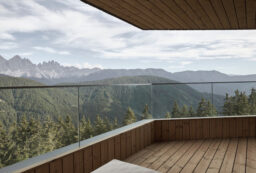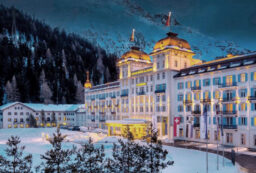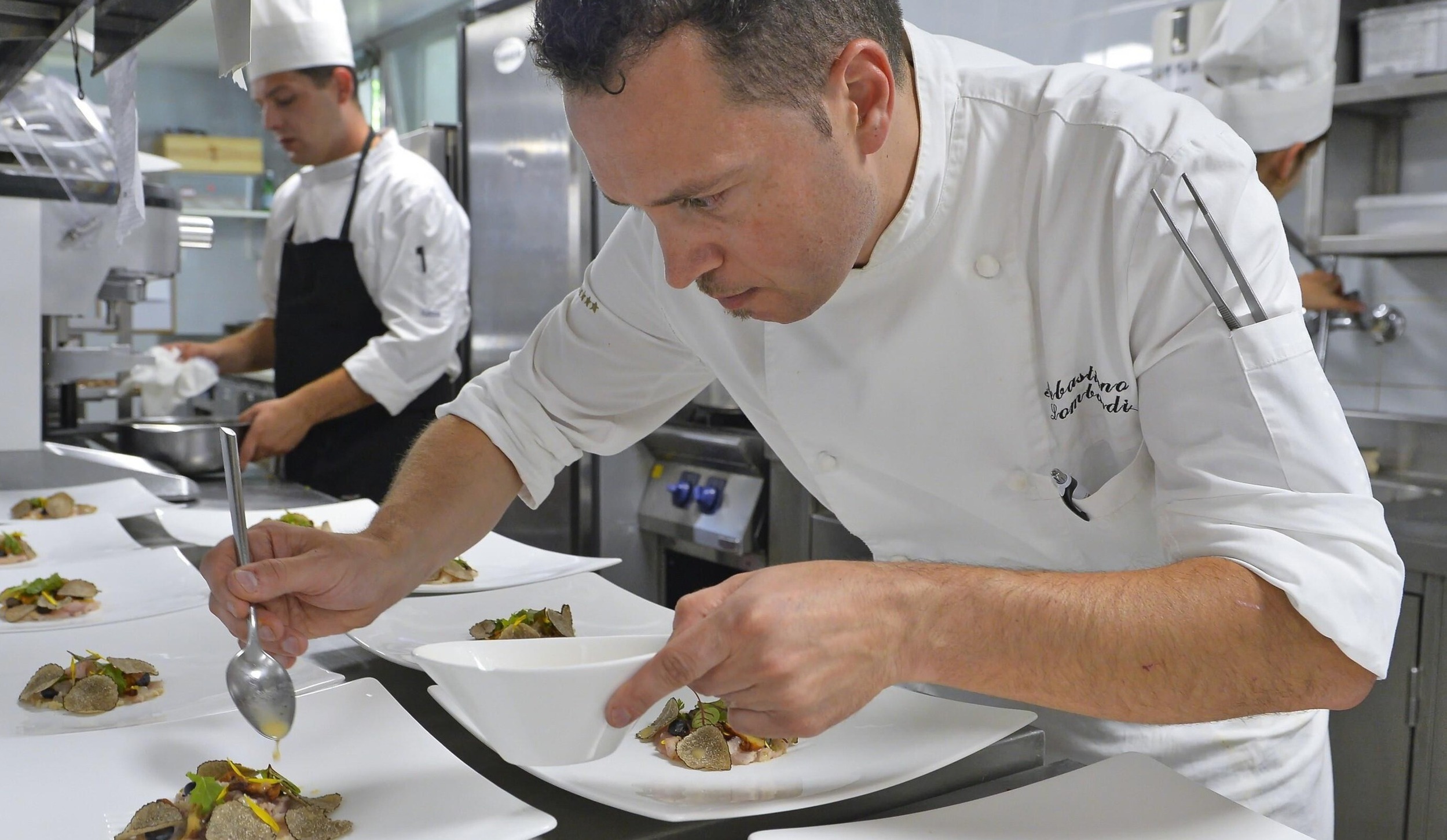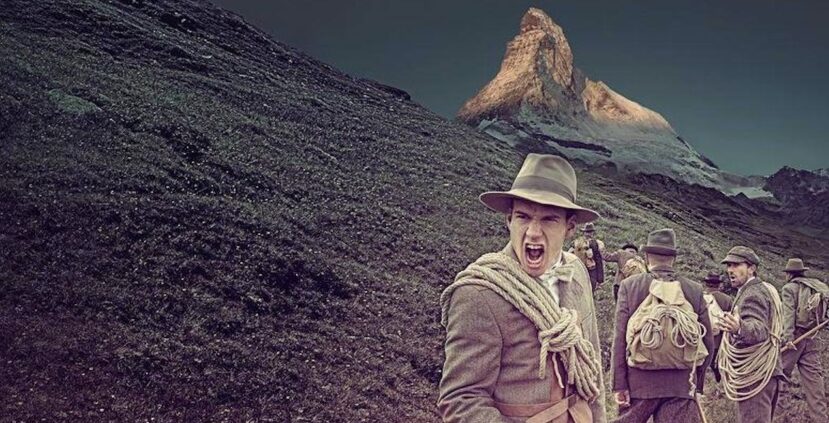
A time before skiing is not a time to be alive. It’s a time without blue runs or black runs, a time without Moncler and even a time without après ski. But going back in time to see the history of Zermatt, the height of luxury skiing, would almost be worth it. Luckily, the Monte Rosa boutique hotel does exactly that.

Hotel Monte Rosa consists of 41 rooms and four suites and is named after the second-highest mountain range in Europe, the Monte Rosa Massif. But what’s more, is that this boutique hotel is the oldest hotel in Zermatt.
The hotel can be traced back to 1839. Under a different name, different ownership and with just six rooms, a lot has changed since then. The Monte Rosa that we know today began in 1853 when Alexander Seiler bought the building. Seiler had a heightened foresight of Zermatt’s potential, sparked by the huge height in his sight – the Matterhorn. Thus, he transformed the village by opening the Monte Rosa in 1855. Zermatt village went from poor and agricultural to streets full of Michelin-star restaurants, luxury brands and ski shops. And for that, it has the five generations of the Seiler family to thank.
The car-free nature of the village makes a walk through the streets pretty peaceful. In the square, standing tall above is the Christmas tree, dressed in twinkling lights. The bells of the horse and carriages come clanging along, hoofs clicking on the snow. These, only outdone by the church bells up ahead. Even the clinking of glasses at Harry’s après ski bar is a welcome noise. And with it, the ring of après skiers’ laughter. Zermatt village is a haven of calm and yet alive with atmosphere.
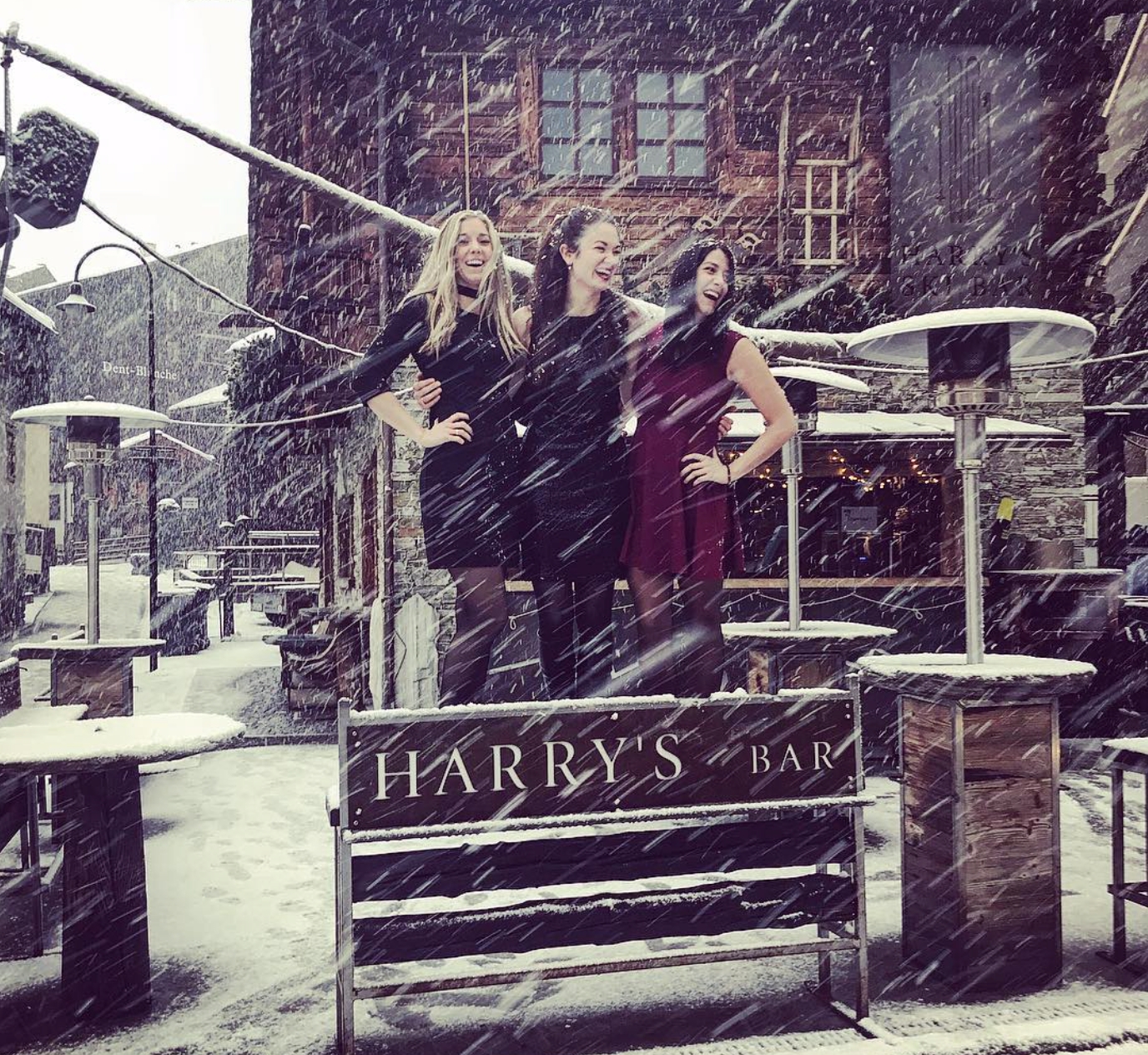
Somehow, through the porch and beyond the wooden door, the Monte Rosa is even better. And it always has been. Climbing fast in popularity, the boutique hotel soon became a kind of unofficial meeting spot for the Alpine Club, the world’s first mountaineering club. Whilst the public may flock to the Matterhorn Museum in the village, guests of the Monte Rosa experience this extraordinary history first-hand. With mountaineering memorabilia all around the hotel, even the walls exude expedition greatness. Sepia-toned portraits hang along the corridors and come to life through ornate statues.
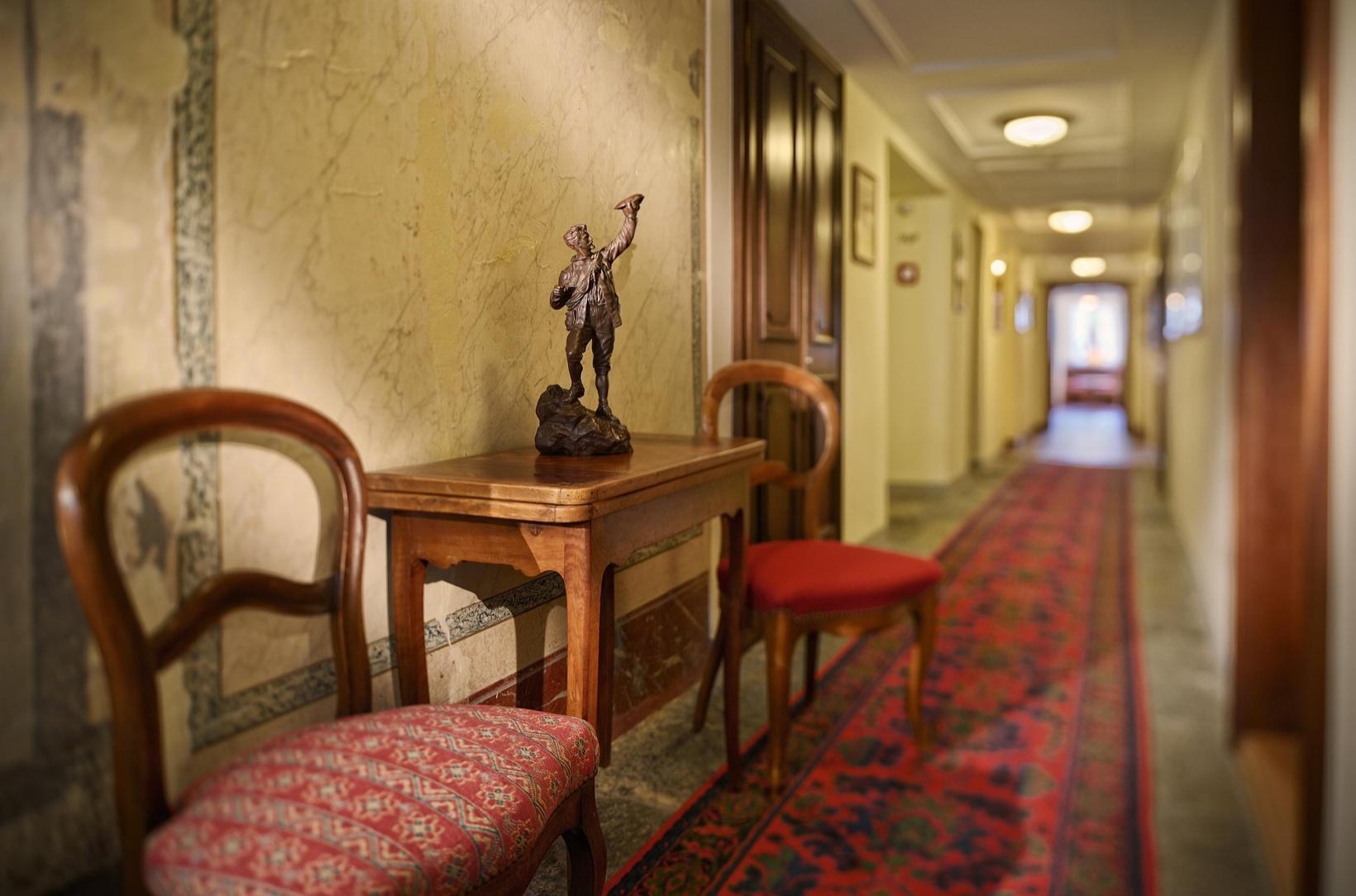
"Zermatt village is a haven of calm and yet alive with atmosphere"
The greatest artefact of them all isn’t pranced around at the museum to be ogled at or hidden away in the hotel’s hallways. It isn’t even the commemorative plaque on the front of the building. It’s the hotel visitors’ book. The book sits serenely inside the entrance of the hotel so that as soon as you step inside, you’ve already, unknowingly, stepped back in time. To the unaware eye it may just look like any old visitor’s book. They’re usually found leering at a stately home or a coastal holiday cottage, seeking approval after your stay. So, the owner of the eye may wonder how such a thing has found its place in a luxury boutique hotel. A closer look and you’ll discover the talk of the town in writing. A longer stare and you’ll find the original signature of the name on everyone’s lips: Edward Whymper.

Monte Rosa proudly homed Edward Whymper in July 1865 when he became the first person to reach the summit of the Matterhorn. But with four out of seven men dying on the descent, victory was blended with tragedy. Queen Victoria even considered a ban on climbing after the news struck through Britain. And Thomas Hardy wrote the sonnet ‘Zermatt to the Matterhorn’ to mark this moment in history.
An extract:
And four lives paid for what the seven had won.
They were the first by whom the deed was done,
And when I look at thee, my mind takes flight
To that day’s tragic feat of manly might,
As though, till then, of history thou hadst none.
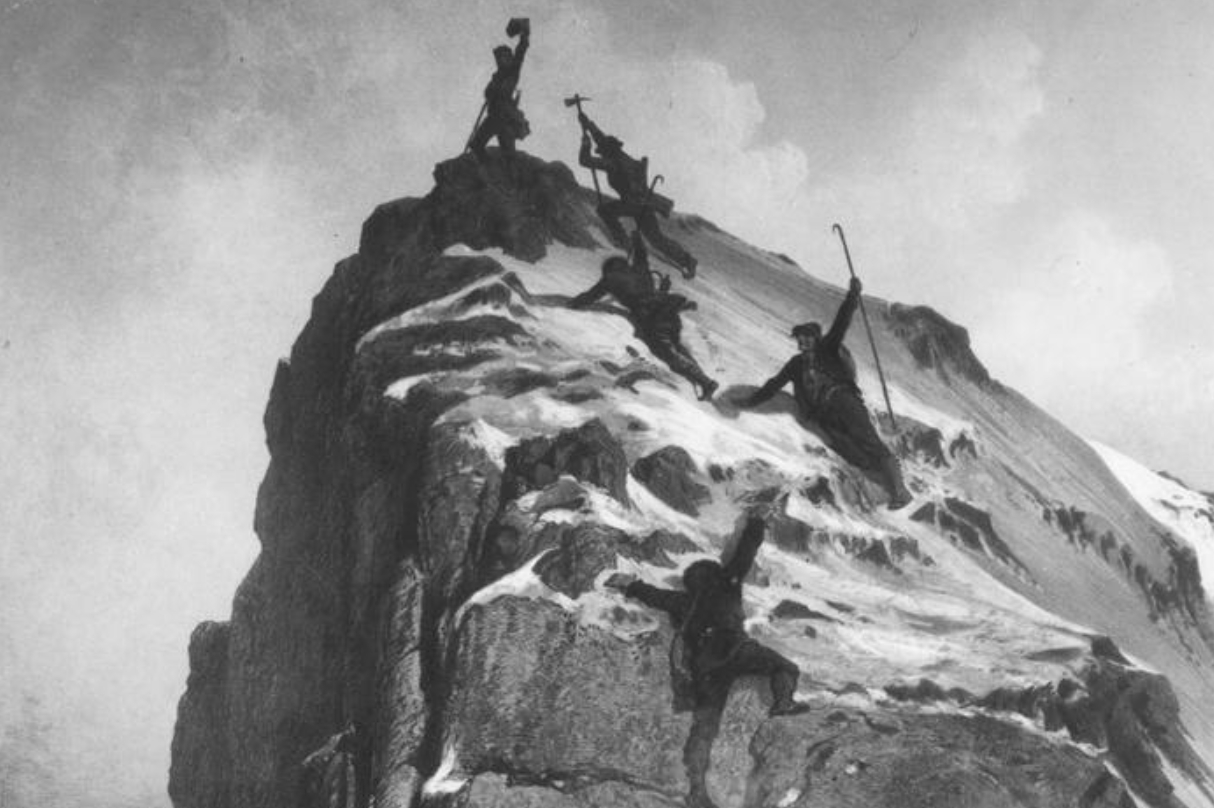
"After making a name for itself, the Monte Rosa became the meet-and-greet place of English aristocracy"
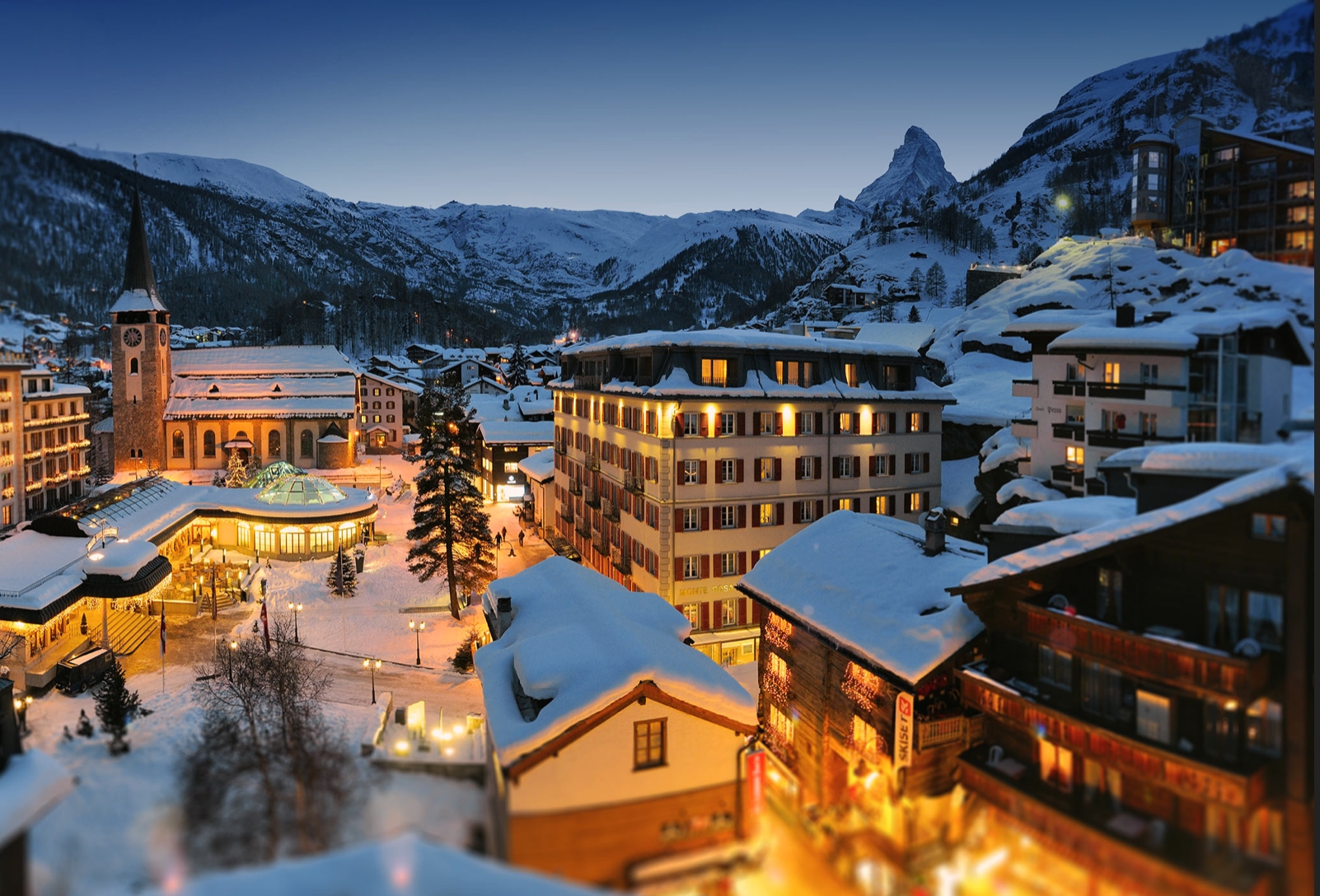
“Thirty-eight 4,000-metre peaks surround Zermatt, but all eyes are always turned towards the Matterhorn,” says Daniel Luggen, the Director of Zermatt tourism. It’s not a wonder that Monte Rosa’s rooms boast balconies that overlook this Toblerone mountain. To view its simplicity, it’s elegance. Simplicity and elegance seep through the rooms and the design of this grand boutique hotel. It’s not overbearing or gregarious. Making it almost a step above glitz and glamour. It’s alpine luxury without all the ‘look at me’. It leaves that for the Matterhorn.

After making a name for itself, the Monte Rosa became the meet-and-greet place of English aristocracy. And with its small and snug rooms to sit and swap secrets, it’s not a wonder why. The hotel’s main restaurant, the Belle Époque, gives it all away in its name. This sort of Golden Age, from the end of the nineteenth century up until World War One, brought Europe’s affluent to the Alps. And not just to the Alps or to Zermatt. But to the Monte Rosa specifically. Guests would stay up to weeks at a time and gallivant their way through galas, masquerade balls and lavish afternoon teas.
Tradition is still at the heart of this restaurant with red velvet seats, crystal chandeliers, tablecloths and intricately decorated ceilings that will make your neck ache. Truly, a room fit for royals, and an evening menu and breakfast buffet to go with it.
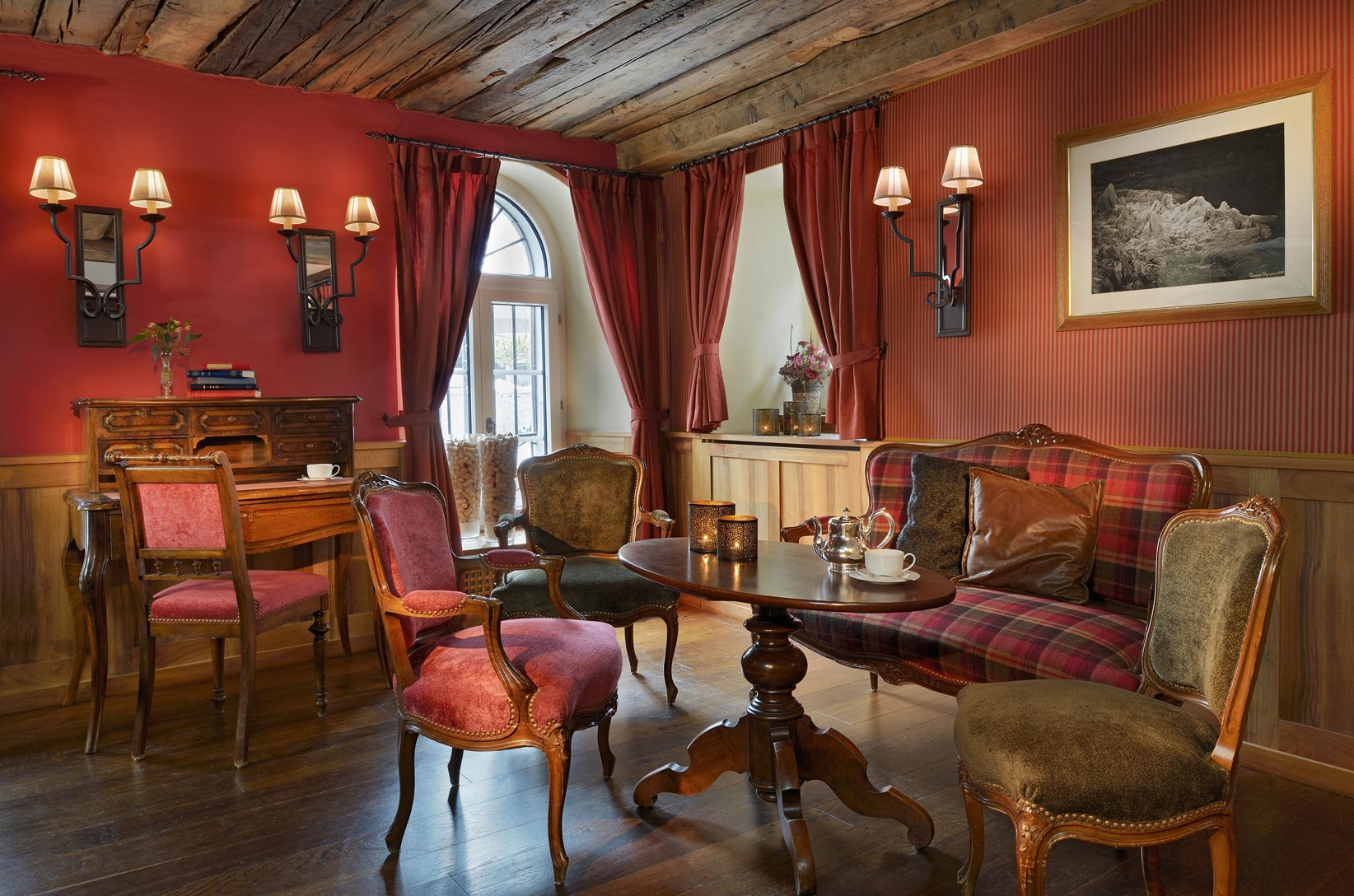
At Edward’s Bar, the timber, tartan, and tactful cushions warm guests up. And a drink by the fire doesn’t hurt after a day’s skiing either. The bar’s menu hosts classics such a steak frites, yet also the more refined dishes such as tuna tartare.
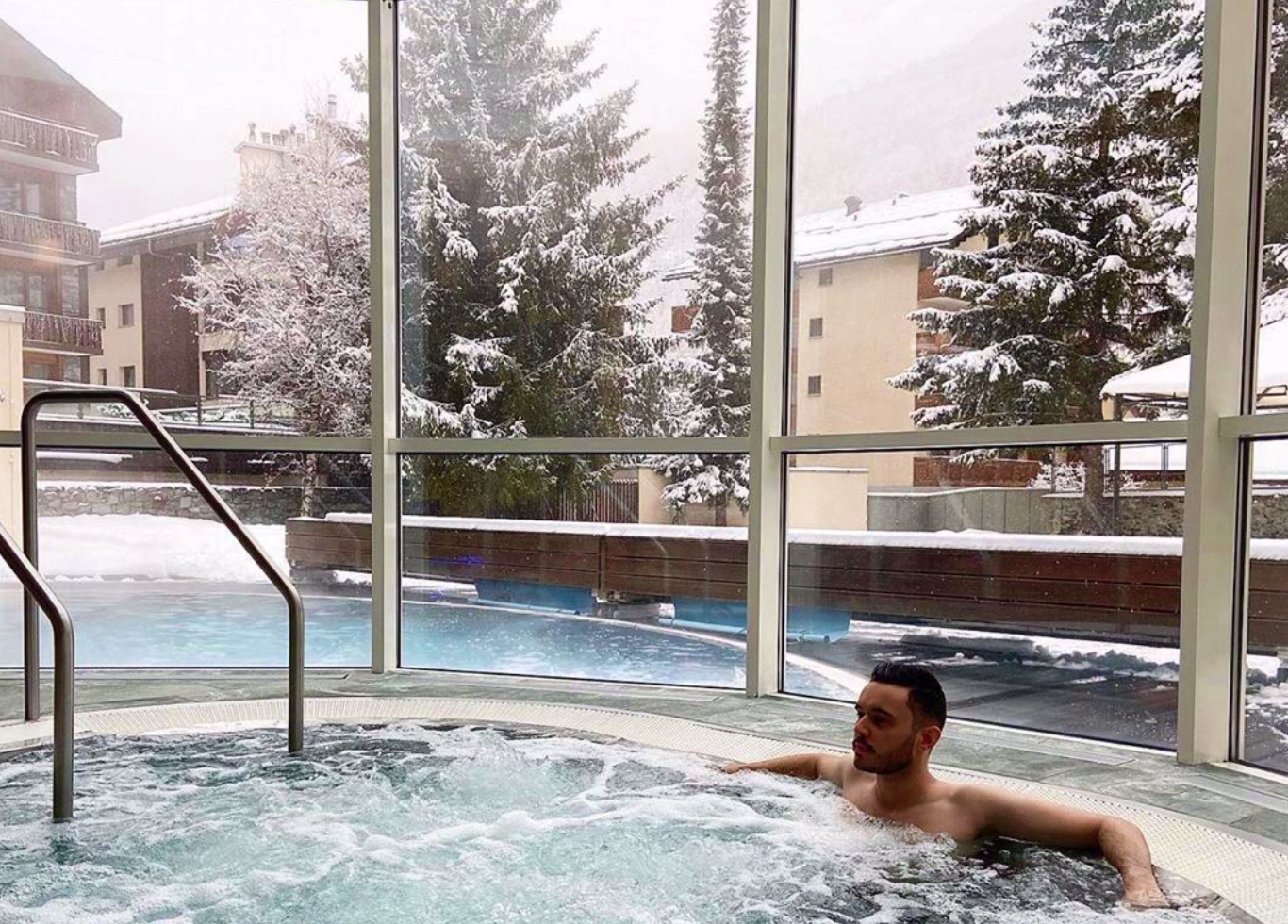
When it comes to spa and wellness facilities, guests can wander over to Monte Rosa’s sister hotel, Mont Cervin Palace, as and when they wish. A dip in the pool or the outdoor hot tub. A trip to the treatment room or the gym. A choice between the Finnish saunas or bio saunas and the steam baths or the footbaths. Even choosing how to relax feels relaxing. And once finished, it’s just a short walk back to the homely comforts of Monte Rosa.
The homely yet historic feel of the Monte Rosa is exactly what captivates guests, both today and over the last 150 years. To truly love skiing is to know Zermatt, and to truly know Zermatt is to stay at the Hotel Monte Rosa.






